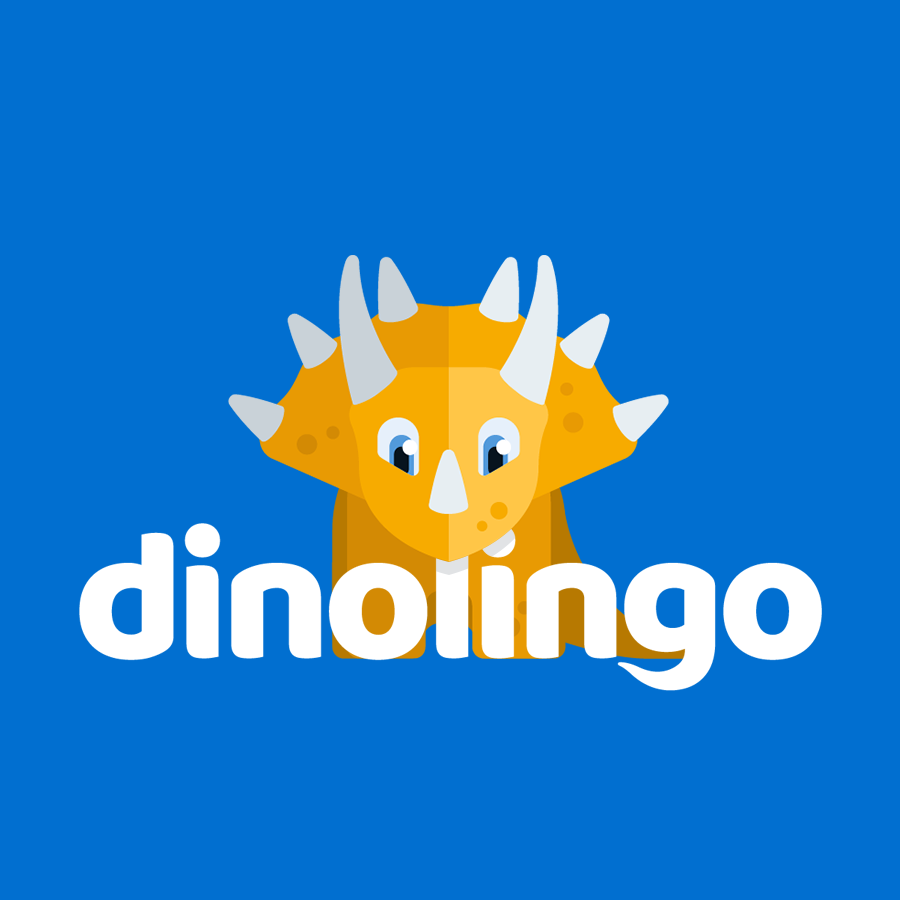Discover Japan: Fascinating Facts About Its People, Food, Cities & More
Japan is a country full of surprises — from snowy mountains and crowded cities to quiet temples and futuristic trains. For children learning Japanese, exploring the culture and geography of Japan can make language learning more exciting and meaningful. Here’s a closer look at this fascinating island nation!
Geography and Nature
Japan is made up of over 3,000 islands, located in the Pacific Ocean off the east coast of Asia. Most people only know the four biggest islands: Honshu, Hokkaido, Kyushu, and Shikoku. A lot of Japan is covered in forests and steep mountains, which means not all of the land is suitable for building homes or cities. Japan is also famous for having earthquakes and volcanoes, because it sits on a very active part of the Earth’s crust. Despite these challenges, Japanese people have adapted in amazing ways!
Population and Cities
More than 110 million people live in Japan, making it the 10th most populated country in the world! Since much of the land isn’t livable, Japanese cities can get really crowded. The capital city, Tokyo, is home to about 8 million people, and around 30 million live in the Tokyo metro area. Other large cities include Osaka and Yokohama. These cities are full of life, with high-tech buildings, unique design, and bright neon lights that make Japan’s cityscapes world-famous.
Japanese Flag
The Japanese flag is called the sun-mark flag or sun disc. It has a simple but powerful design: a red circle on a white background, symbolizing the sun. In Japanese culture, the sun is seen as a source of strength and energy.
Japanese Food
Japanese food is known for being both healthy and delicious! Meals often include rice or noodles, paired with fish or meat. Since Japan is surrounded by the sea, seafood is a huge part of daily life. People also love warm soups like miso or ramen, and bread has become more popular over the last century. Japanese spices and sauces like soy sauce, wasabi, and miso give their food a special flavor that’s different from other Asian cuisines.
Music and Dance
Japan has a long history of music and dance. Traditional music includes instruments like the koto, shamisen, and taiko drums. In modern times, Japan is famous for J-pop, as well as its love for Western music. Many global artists include Japan in their tours! From traditional melodies to upbeat pop songs, music is a big part of life in Japan.
Currency
Japan uses the Japanese yen (¥). Even though Japan is a relatively small country, the yen is one of the strongest and most respected currencies in the world — just like the U.S. dollar or the euro.
Language
The official language of Japan is, of course, Japanese! Over 99% of the population speaks it. Japanese writing includes characters called hiragana, katakana, and kanji. Today, most schools in Japan also teach English as a second language to help students become part of the global community.
How Dinolingo Helps
For children who want to learn more about Japanese language and culture, Dinolingo offers an exciting way to explore. With fun videos, interactive games, and storytelling activities, kids can discover words while learning about Japanese food, cities, music, and more. Dinolingo’s Japanese program is designed for ages 2 to 14 and works on all major platforms — web, iOS, and Android. There’s even a parent dashboard and printable activities for offline learning!
Whether it’s learning the names of sushi, exploring the bustling streets of Tokyo, or hearing a traditional song played on a bamboo flute, learning Japanese opens a window into a vibrant, unique world. And with tools like Dinolingo, kids can enjoy that journey every step of the way.
